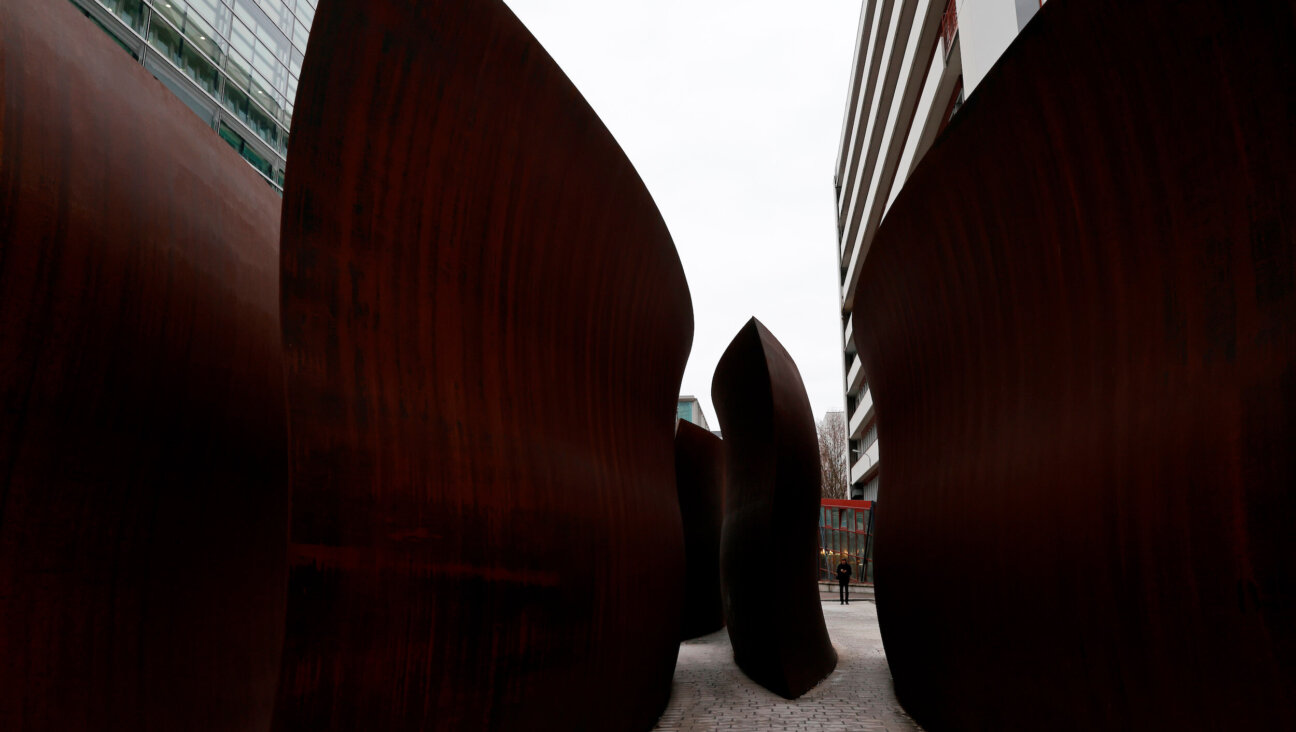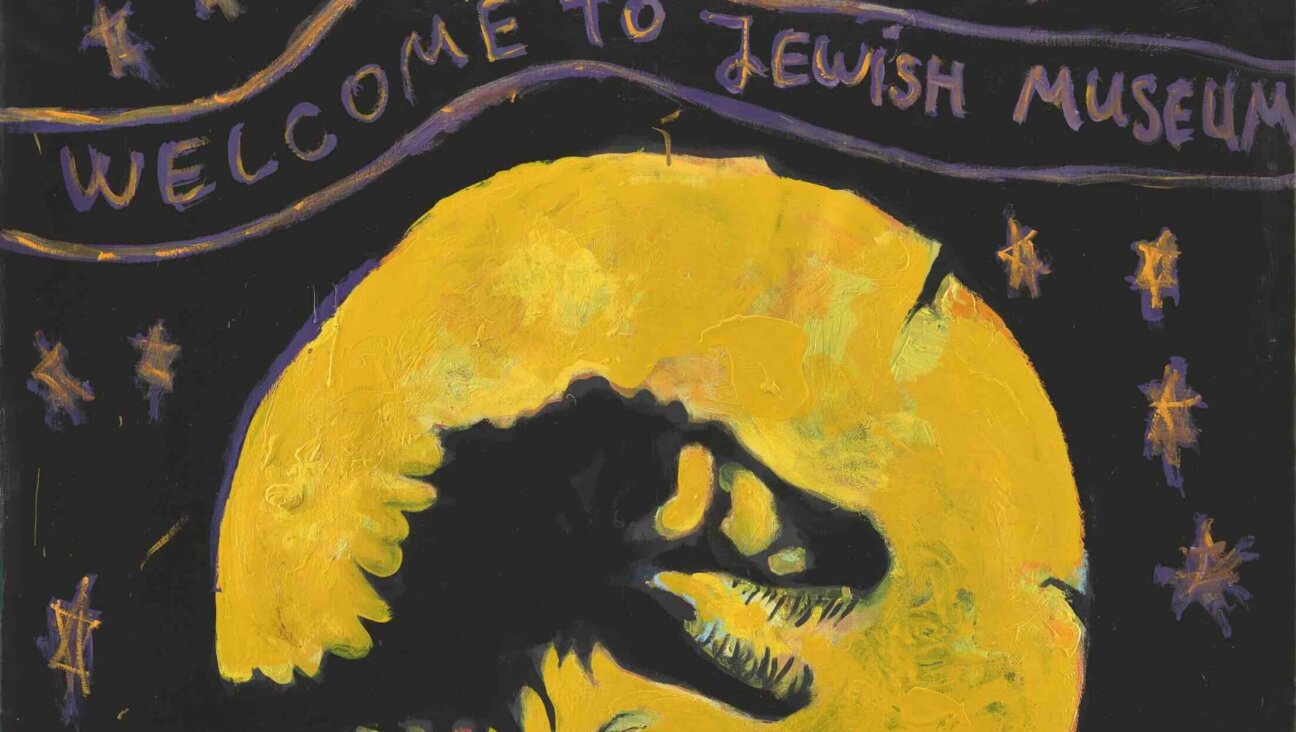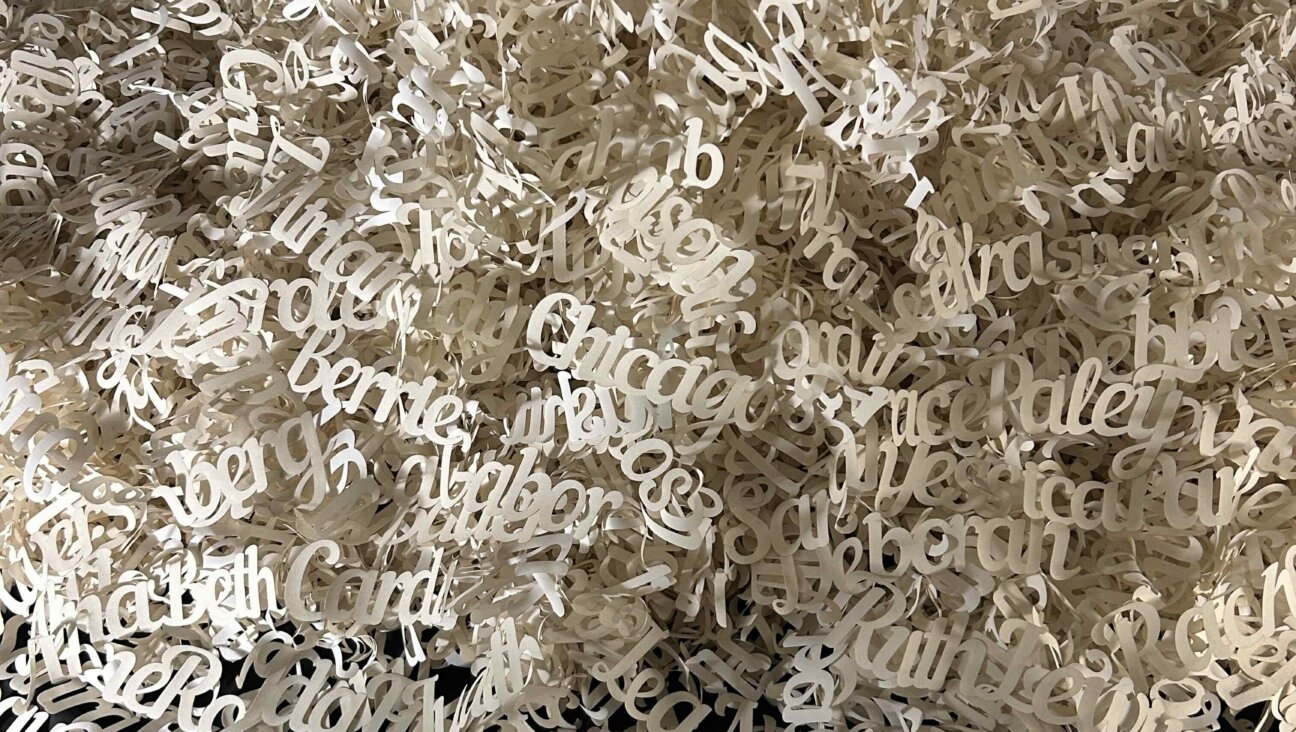Legendary Jewish Civil Rights Photographer Bob Adelman Meets a Tragic End

Image by Getty Images
There is tragic irony in the circumstances surrounding the mysterious death on March 19 of American Jewish Civil Rights photographer Bob Adelman. An ongoing police investigation will attempt to explain how Adelson, 85, was found dead with a head injury in his Miami Beach home. During arduous years as the national photographer for the Congress of Racial Equality (CORE) and the Student Nonviolent Coordinating Committee (SNCC), Adelman was the recording angel for protests in Birmingham and Montgomery, Alabama and the 1963 March on Washington.
As a friend to Martin Luther King, Jr., Adelman was allowed unrivaled access to the “I Have a Dream” speech and created iconic imagery that is treasured today. Other images captured by Adelman preserved for history the involvement of other young American Jews, ready to fight and die for African-American rights. Adelman’s “CORE Worker Mimi Feingold and Local Residents Singing at the End of the Day, St. Francisville, West Feliciana Parish, LA, 1963” reveals the tiny Brooklyn-born freedom rider Feingold, born in 1941, who had already served a jail sentence at the Mississippi State Penitentiary for protesting racial inequalities. Dwarfed by surrounding protesters, Feingold exudes determination and resolve. Adelman’s “Nighttime Demonstration in Support of the Mississippi Freedom Democratic Party, with Images of Slain Civil Rights Workers Schwerner, Chaney and Goodman, Atlantic City, NJ 1964,” records a tribute to two Jewish CORE field workers, Andrew Goodman (1943-1964) and Michael Schwerner (1939 -1964), murdered in Mississippi alongside the African-American protester James Chaney by the Ku Klux Klan. Their faces sketched on posters, the three martyrs for racial freedom are commemorated by an emotional crowd.
How did Adelman find himself as witness, preserving these and many other enduring images? He was born to Jewish émigré parents in Brooklyn and raised during the Depression in Rockaway, New York. His father had been trained as a flooring finisher in Germany and to make ends meet, his mother rented part of the family house to beach visitors every summer. Both parents had acute social consciences. Adelman told “The Huffington Post” in 2014: I’m not religious, but I guess I’m culturally Jewish and I certainly was very much inspired by the prophets. We’d just seen the Holocaust, so the idea of any kind of racial stigmatization was awful.” In the same year, he told “Collector’s Weekly”: “I was brought up Jewish, so I knew something about discrimination. As [African-American author James] Baldwin said, ‘If they take you in the morning, they’ll be coming for us at night.’”
As a graduate student in applied aesthetics at Columbia University, he was much inspired by the Lithuanian-born American Jewish art historian Meyer Schapiro. In 2012 Adelman told “The United Nations of Photography” that he considered Schapiro “probably the greatest teacher of art history. His lectures were like watching a machine gun talk. He knew philosophy, he knew history and he knew art and was a great thinker and influential on artists such as Willem de Kooning.” Through Schapiro and other contacts in the art world, including the painter Larry Rivers (born Yitzroch Loiza Grossberg in the Bronx), Adelman began to understand what forging an artistic identity involved. He was further schooled by a mentor, Dorothea Lange, the documentary photographer best remembered for depicting the human sufferings during the Great Depression.
In an affectionate comment to “The Miami Herald,”, Adelman’s attorney Ryan Tables described his late friend and client as “your typical New York Jew. He had a wit, was smart, was part of a movement and he had an aura about him.” Yet Adelman’s personal heroism was atypical, as was his sense of a personal mission from early on, as he told “The New York Times” in 2014: “I was doing the Lord’s work — social/political photography during the day — and at night I photographed art.” For Adelman, the Lord’s work was to assist oppressed minorities by preserving for the historical record evidence of their oppression. As a self-defined “photo-activist,” he was repeatedly arrested and aggressed. Adelman explained to “Collector’s Weekly: “Most people think of segregation as a system where blacks and whites were separated or kept apart, but it was enforced by terror, either with state-sanctioned violence or by the Klan or whomever. People have forgotten that the reaction in the black community — aside from protests, which was a creative reaction — is that people were constantly terrified. That used to be a mystery to whites, but since 9/11, everybody knows this kind of terror.”
Knowing and feeling rachmones are two different things. Adelman’s sense of misericorde and sharing in human suffering was not limited to African-Americans. Over the years he also photographed social protests by Native Americans, gays, and women’s rights advocates. In some cases, the threat to life and limb was real, but Adelman always decided it was worth the risk. In a fond memorial in “The San Francisco Chronicle,” journalist David Wiegand noted how his friend Adelman could sometimes seem idiosyncratic: “Bob lost a whole bunch of weight at some point and recorded his shrinking progress in a series of self-photographed nudes, rather in the fashion of Eadweard Muybridge.” Also recalled was a visit to Barbados where Adelman kvelled to hear a choir exuberantly perform the gospel hymn, “He Didn’t Have to Do It, But He Did.” The same might be said of Adelman’s righteous and courageous advocacy for African-American civil rights and other causes. He didn’t have to, but he did. More than just a photographer was lost in Miami Beach on March 19.
Benjamin Ivry is a frequent contributor to the Forward.

I hope you appreciated this article. Before you go, I’d like to ask you to please support the Forward’s award-winning journalism this Passover.
In this age of misinformation, our work is needed like never before. We report on the news that matters most to American Jews, driven by truth, not ideology.
At a time when newsrooms are closing or cutting back, the Forward has removed its paywall. That means for the first time in our 126-year history, Forward journalism is free to everyone, everywhere. With an ongoing war, rising antisemitism, and a flood of disinformation that may affect the upcoming election, we believe that free and open access to Jewish journalism is imperative.
Readers like you make it all possible. Right now, we’re in the middle of our Passover Pledge Drive and we still need 300 people to step up and make a gift to sustain our trustworthy, independent journalism.
Make a gift of any size and become a Forward member today. You’ll support our mission to tell the American Jewish story fully and fairly.
— Rachel Fishman Feddersen, Publisher and CEO
Join our mission to tell the Jewish story fully and fairly.
Only 300 more gifts needed by April 30

























